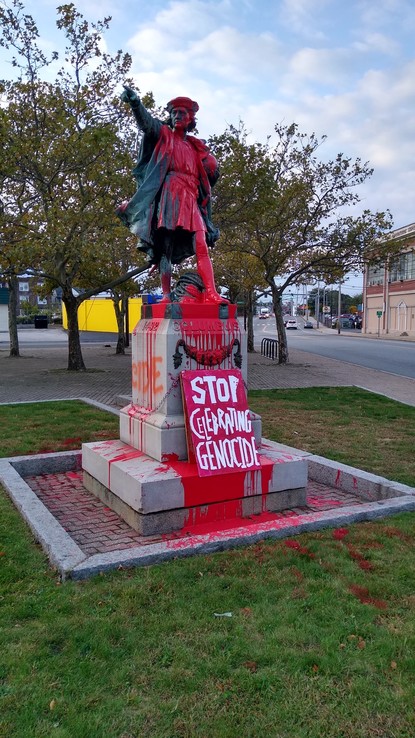Can public policies be racist? Can they disadvantage certain racial and ethnic groups while advantaging others? Yes, that is certainly what has happened in our country, for a very long time, argues Ibram X Kendi, in his book How to be an anti-racist.
Given the moment of time we are in, with police violence on Blacks getting a lot of attention, public institutions are finally waking up to the reality of racism in our everyday lives.
Two examples are quite clear, to point out how policies that were meant to be emancipatory for all Americans have turned out to be racist. Kendi points to the war on drugs as a racist set of policies that incarcerated Blacks and Latinos in higher degrees than Whites, for nonviolent drug-related crimes, even though research points out that all races in the U.S. consume drugs in almost equal quantities. He points out “White people are more likely than Black and Latinx people to sell drugs, and the races consume drugs at similar rates. Yet African Americans are far more likely than Whites to be jailed for drug offenses. Nonviolent Black drug offenders remain in prisons for about the same length of time (58.7 months) as violent White criminals (61.7 months) (p.26).” This move towards creating a more ‘law and order’ based system coincided with a decrease in welfare spending. Reagan cut the safety net of welfare programs and Medicaid in the same month that he announced the war on drugs, sending more low-income Blacks into poverty, he reminds us.
As a public administration scholar recently pointed out, the ‘public’ in administration is rather hard to get right. The ‘administration’ part can be easy. It is technical and can be planned easily, but the part that is tricky and often runs into issues is the public engagement piece that needs not just participation from the public, engagement, and a genuine commitment to the common good. All of these are hard to come by, in a politically charged environment where the ‘public’ finds it hard to agree on the common good.
Whether it is access to housing, education, or other areas that determine the quality of life, policies have been in place that keeps people of color out. While affirmative action policies and anti-discrimination legislation have helped, their implementation has been slow or non-existent in many cases. This makes equity a far-flung dream that has not been achieved and one that keeps eluding us.
As a Pew study recently pointed out, blacks who have at least a college education are more likely to say they’ve experienced racism than their less-educated counterparts. Why is this? As the study points out “So why is this? Other researchers suggest that college-educated blacks are more likely to work in predominately white environments, which may lead to greater exposure to race-related prejudices or stresses.” This is quite likely the case as a greater number of blacks and people of color are entering the education sector and places of work.
Immigration laws are another category of laws that have had a racist past, in the U.S. As Kendi points out “The loosening immigration laws of the 1960s through 1990s
were designed to undo a previous generation of immigration laws
that limited non-White immigration to the United States.” He further adds that this was after the 1882 Chinese Restriction Act, which included a larger “Asiatic Barred Zone,” in 1917. Kendi points to the “1921 Emergency Quota Act and the Immigration Act of 1924 severely restricted the immigration of people from Africa and Eastern and Southern Europe and practically banned the immigration of Asians until 1965. (p.61)”. While the consecutive decades have made things better for immigrants, the current administration under Trump has tried to roll back much of the progress, especially when it comes to addressing the issue of refugees or asylum seekers.
So, how does one become an anti-racist? Kendi offers an answer that begins to address this complex issue. He offers: “To be antiracist is to view national and transnational ethnic groups as equal in all their differences. To be antiracist is to challenge the racist policies that plague racialized ethnic groups across the world. To be antiracist is to view the inequities between all racialized ethnic groups as a problem of policy.” Perhaps this is advice valid for everyone, all of us, who are engaged in public deliberation of good and bad.


